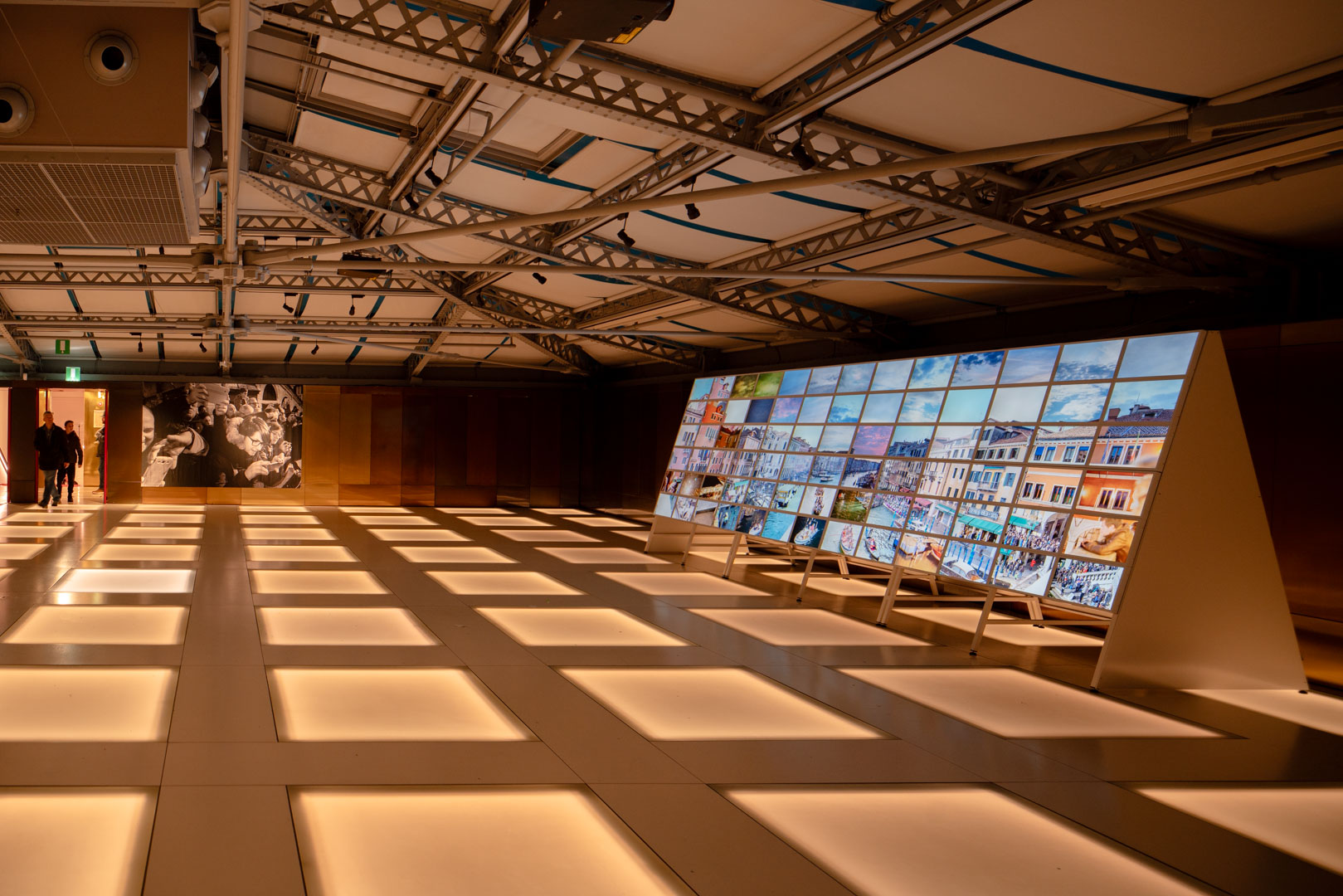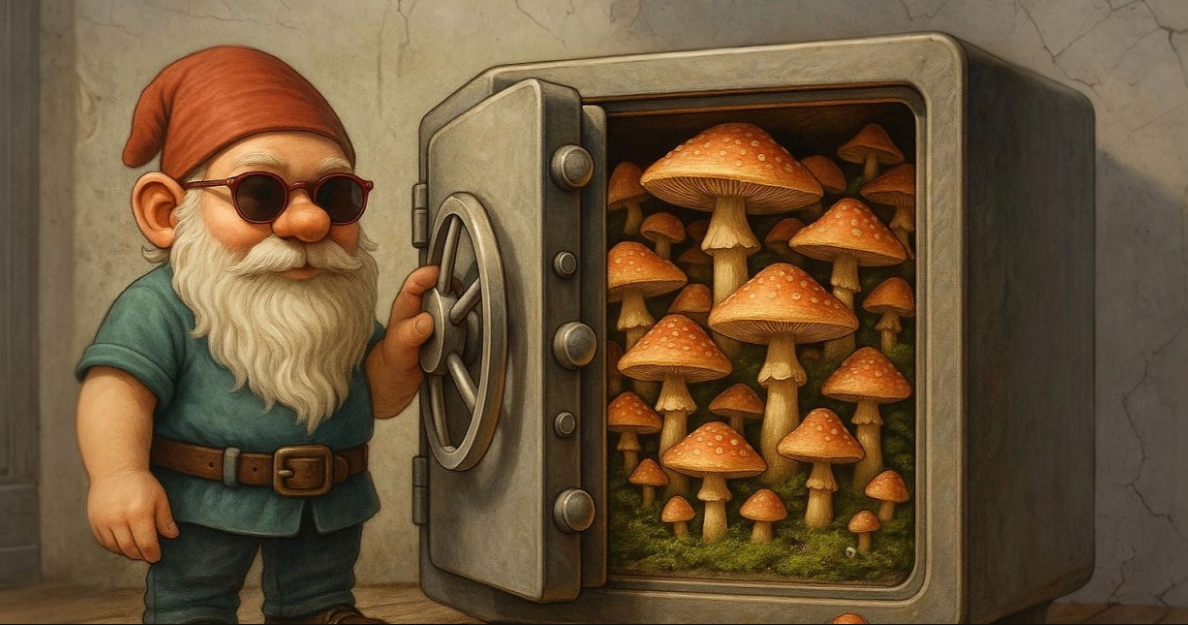A Close-Up Review On An Art Gallery: Functions & Significance

Strong 8k brings an ultra-HD IPTV experience to your living room and your pocket.
Art galleries are basically exhibition spaces that represent and promote artists, opening new possibilities for sales, exposure, and professional guidance. To partner with an art gallery, artists need to network, look for suitable galleries, submit a professional portfolio. Also, take part in open calls, and be persistent. Benefits include promotion, credibility, sales opportunities, and customer reach.
Galleries such as the famous San Polo art gallery is a major player in the art industry, serving as a bridge between artists and collectors. However, many people have misconceptions about what art galleries are and what they do.
In this blog post, you will get answers to the most common questions about art galleries. So that you may fully understand their functions and significance.
A Brief Introduction Of Art Gallery
An art gallery is a venue where artworks are displayed and sold. It operates as a commercial endeavor that represents, supports, and distributes artworks created by artists both national and international. While art museums have wider recognition, an art gallery serves as a platform for artists to display their work and connect with collectors.
Art galleries perform a wide range of activities that are integral to their business operations. Here are some of the activities:
Curate the Exhibition Program: Galleries develop a curated exhibition program that forms the heart of their identity. They look for emerging and established artists sending them invitations to collaborate on exhibitions. Galleries take care of logistics including transportation, installation, promotion, and organizing the opening of exhibitions.
Build Up a Portfolio of Artists: Galleries especially San Polo art gallery aspire to build a carefully curated portfolio of artists with whom they have long-lasting partnerships. These represented artists give a boost to the gallery's reputation. And as their careers grow, so does the gallery's reputation in the art world.
Sell and Distribute Artworks: Art galleries operate as dealers for the artists they represent, promoting the sale and distribution of artworks. They deal with transportation, invoicing, monitoring the value of artworks on the secondary market, and acting as a point of contact for inquiries.
Represent and Support Artists: Galleries offer support and represent their artists beyond exhibitions and sales. They give guidance, take part in art fairs, lend a hand with book publishing, and manage artists' archives. In addition, art galleries conduct art historical research and cultivate press relations to promote artists' work to a wider audience.
Collaborating with San Polo art gallery brings several rewards for artists:
Representation and Promotion: Galleries serve as advocates for artists cultivating a broader fanbase.
Professional Support and Guidance: Galleries offer professional guidance, helping artists navigate the art marketplace and their careers as artists. They also give advice on pricing, promotional strategies, portfolio development, and career growth.
The Bottomline
The bottom line is that working with a reputed art gallery can majorly impact an artist's career by increasing visibility, credibility, and access to collectors. Putting it simply art galleries act as crucial intermediaries between artists and collectors, playing a crucial role in the art world.
Note: IndiBlogHub features both user-submitted and editorial content. We do not verify third-party contributions. Read our Disclaimer and Privacy Policyfor details.







